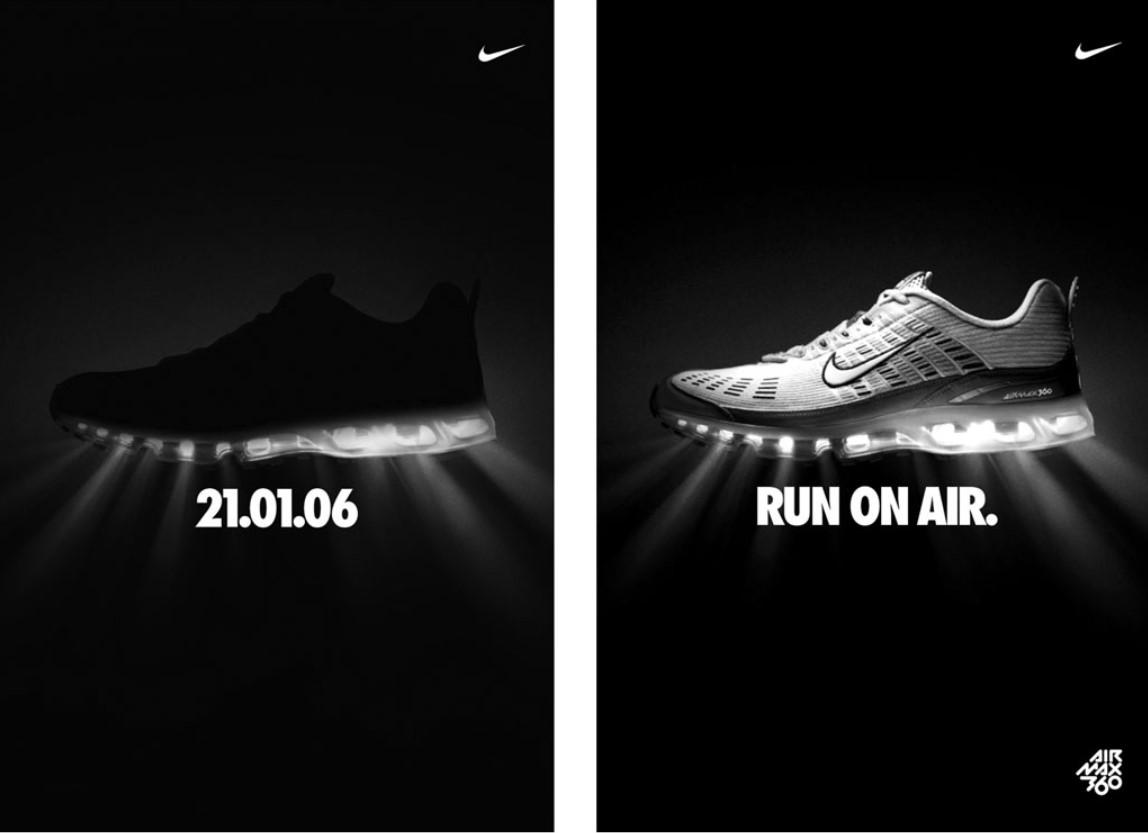
8 minute read
Successful Advertising Created with Emotional Appeals
Expository Writing
Chi-Chien Huang Jan. 16th 2022
With the advent of technology, the wide varieties of media have easily allowed advertisements (the advertising messages) to pervade the daily life of the audience. Nowadays, the advertising messages are being delivered through various channels such as television, the Internet, and marketplaces. In 2006, the marketing firm Yankelovich estimated that each American was exposed to an average of 5,000 ads per day. Currently, the number of ads according to Red Crow Marketing Inc. is between 4,000 to 10,000 ads per day. Thousands of ads pass through people’s eyes when they are scrolling their phones, or shopping in a store where ads are printed on numerous products. However, people seem to be unaware of themselves encountering such a large number of advertisements daily. Chances are people would pay scant attention to or simply ignore most of the ads. Therefore, creating impressive advertisements can become a great challenge for advertisers. One of the most effective ways to outshine the ads from the competitors is using emotional appeals. An emotional appeal is a creative tactic in marketing, aiming to evoke certain emotions of the receivers. It can be achieved through words, images, sounds, etc. Marketing experts suggest consumers who tend to express feelings such as hilarity, shock, and anticipation on viewing advertisements, would pay more attention to the brand and products. Additionally, they would remember the messages more easily. That is to say, stirring up consumers’ emotions can enhance their awareness of the ads and the ability to recall them. When the ads are well-received by consumers, marketers are more likely to reach their advertising goal such as persuading consumers into purchasing products or building a positive brand image. Below are three of the most effective types of emotion appeals: humor appeal, shock appeal, and curiosity appeal. Such emotional appeals would help marketers to create eye-catching and goalreaching advertisements.
Humor appeal is one of the most effective tools to catch consumers’ eye, and to enhance consumers’ purchasing intention. Advertisers show funny content through words or images in advertisements to enlighten consumers’ mood. According to McGraw-Hill, consumers tend to pay more attention to advertisements with humorous content. In North America, it is estimated that 69 percent of the most impactful advertisements are conducted with humor appeals. Therefore, if an ad makes a consumer laugh, it’s likely that it will draw more attention from the consumers. Moreover, humor can elevate consumers’ purchasing intention of products. According to experts, Humor in ads would create a positive emotional link between a brand and a consumer. When consumers consider an ad humorous, their mood would be enlightened, and they would associate the positive feelings with the brand and products. Such feelings will turn into consumers’ fondness for the product, increasing their willingness of purchase. For instance, Boeri—a company that sells snowboard helmets, is famous for using humorous ads to make consumers feel good about its products (Boeri Sport USA, 2000). Generally, helmet advertisements are serious and similar, they emphasize on the functionality of the product or warn consumers about the danger of not wearing a helmet. However, Boeri inserted humor in its advertising campaign “It's your head,” and changed the way consumers feel about the helmet industry. One of the ads in the campaign showed four chocolate bunnies—with three of their heads being bitten off, and one protected by the Boeri helmet. The message that the Boeri helmet protects a chocolate bunny’s head is quite nonsensical. However, the ad successfully entertained the consumers, enhancing the likeability of Boeri helmets. The company’s immediate sales spike proved that humor is an effective approach in advertising.

Another way to impress consumers and increase their awareness of a company or a certain issue is to “shock” them with ads. Ads conducted with shock appeal tend to display outrageous content that challenges conventional values to catch people’s attention Precisely, graphics or words expressing violence, vulgarity and profanity, or sensitive topics such as sexuality, disease, and death are often shown in the shocking ads. Since these contents tend to violate religious and other social values, people would be astonished by the boldness of the ads. While humor appeal makes consumers laugh, shock appeal makes people think. It is suggested by the marketing experts that as consumers are “shocked”, they will pay more attention to the ads and take time to contemplate on the messages behind them. Thus, shocking ads are not only eye-catching but thought-provocative. When the messages are considered imprudence, the ads would create discomfort among the consumers, and thereby lead to complaints. Sometimes, such complaints can bring about controversy to the brand. For example, when Christians see an ad demonstrating religious and sexual conflict with an image of a priest kissing a nun, it is likely that they would be offended because the ad seems to profane the religion. However, controversy may not necessarily be a bad thing because it can increase the exposure of a brand. Just as numerous celebrities use controversy as an approach to increase fame, controversy in advertising can be an effective tool to enhance consumers’ awareness of a brand. Some of the most controversial advertising campaigns in history were launched by an Italian clothing company—Benetton. One of the shocking ads “Cemetery” shows an image of a war cemetery during the Gulf War (Benneton Group, 1991). People living in wartime were shocked by the ad for forcing them to face the cruelty of warfare, and argued that the ad would diminish soldiers’ will to fight in battles. Therefore, the ad brought about controversy and hundreds of protest articles around the world. Since humanity is the core value of the brand, Benetton launched the ad in order to raise awareness of the casualties that war could cause. With shock appeal conducted in the advertisement, Benneton triumphantly achieved worldwide attention.

Last but not least, curiosity appeal in advertising can prompt potential consumers to take action in learning more about a brand or products and enhance advertising memorability. According to Loewenstein (1994), curiosity appears when there is a gap between a person’s existing knowledge and the information the person wants to know. This “information gap” is the key to curiosity. Information gap can create dissatisfaction among consumers and urge them to find a solution to fill in the missing information and thereby diminishes their dissatisfaction (Berlyne in Chou & Lien, 2014). This theory is widely conducted in teaser campaigns. A teaser campaign is an advertising fragment used as an announcement of a product launch or a company update. In a pre-launch product teaser, advertisers tend to create an information gap by presenting limited but intriguing information to consumers. The teaser often relies on visual graphics with few words, revealing only a small part or the most innovative feature of the new product. Take Nike’s teaser campaign for example.
Nike launched the Air Max 360 on January 21, 2006. Before the product launch, Nike released a teaser campaign that showed the shoe in the dark with light beaming from its midsole, and the date of the product launch (Nike, 2006). The information gap appeared when consumers knew about the upcoming shoe and its new feature, but nothing about the design because the shoe was covered in the shadow. Curious about the new shoe design, consumers might pay a visit to the Nike stores when the product launched, or search for more information online. When the shoes were available for purchase, Nike revealed the whole shoe design in the advertisements, satisfying the curious consumers by bridging the information gap. Additionally, showing the same product with teasers and ads would enhance the memorability of the product, because the ads could remind consumers of the teasers they had seen before. As a result, curiosity appeal can make consumers remember an advertising fragment more easily and demand for more product information.

Conclusively, humor appeal, shock appeal and curiosity appeal are three of the most effective tools for an advertisement to stand out from the crowd, and to reach the advertising goals. For starter, Humorous ads make consumers feel good, and such positive feelings create an emotional bond to the brand, leading to a positive attitude toward the advertising message. Ultimately, the brand would succeed in increasing consumers’ buying intention. Next, when advertisers insert striking content into advertising messages, the ads would make consumers think, and provoke controversy to the brand. Therefore, the brand will be exposed under a spotlight where consumers can hardly ignore. Finally, curiosity appeal uses an information gap to arouse consumers’ dissatisfaction about the limited product information, stirring up their desire to learn more about the brand. Therefore, the advertising messages would stay in their memories longer. When conducted properly, these three emotional appeals would transform a placidly humdrum advertisement into an eyecatching work of art.
Work Cited
Benetton Group. (1991). Cemetery [Advertisement]. Benneton Group. https://www.benettongroup.com/en/media-press/image-gallery/ institutional-communication/historical-campaigns/
Boeri Sport USA. (2000) CHOCOLATE BUNNIES [Advertisement]. Reddit. https://i.imgur.com/qG4n2S9.jpg
Loewenstein, G. (1994). The psychology of curiosity: A review and reinterpretation. Psychological bulletin, 116(1), 75. https://psycnet.apa.org/doi/10.1037/0033-2909.116.1.75
Nike. (2006) Air Max Teaser & Reveal [Advertisement]. Adforum. https://www.adforum.com/creative-work/ad/player/12659297/air-maxteaser-reveal/nike
Susanto, P. C. (2019). Curiosity as an Effective In-stream Advertising Appeal: Visual and Textual Study of Levi’s Circles Ad. KnE Social Sciences, 426434. https://knepublishing.com/index.php/Kne-Social/article/view/3927




